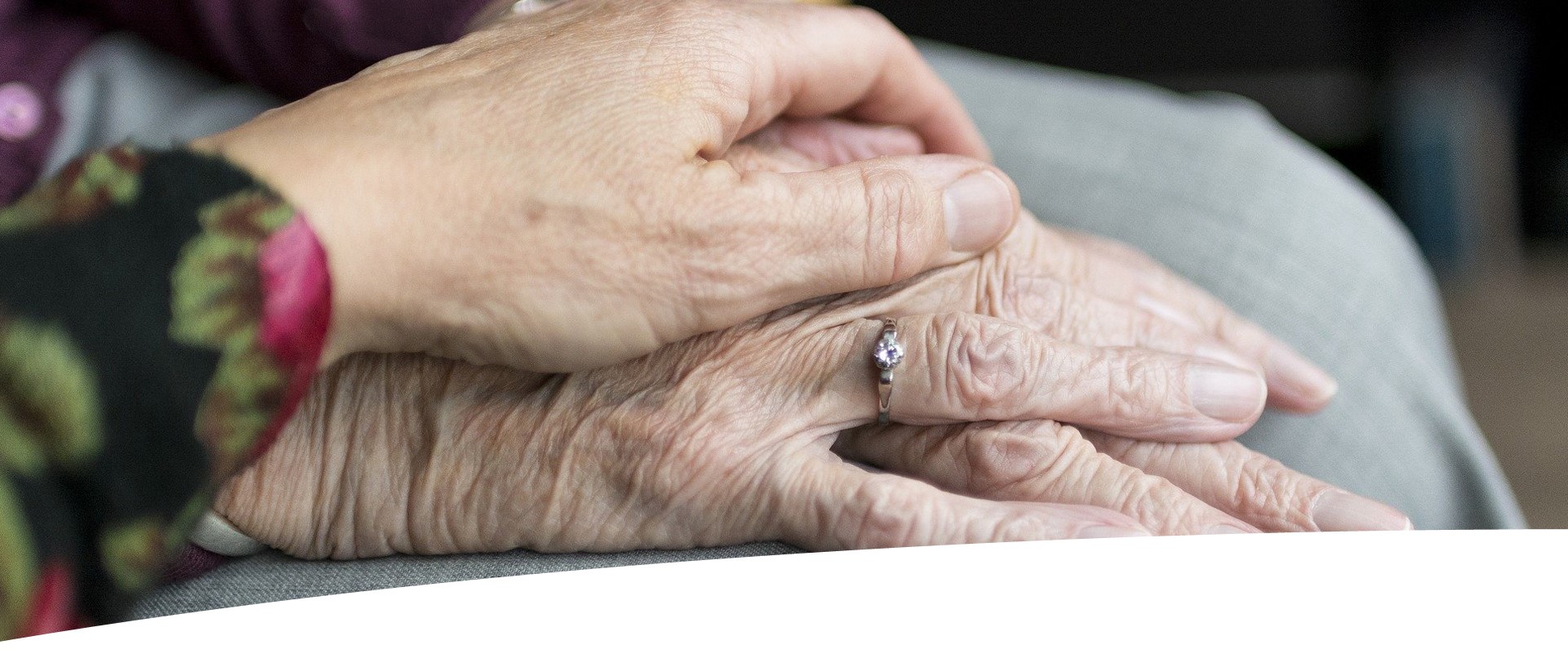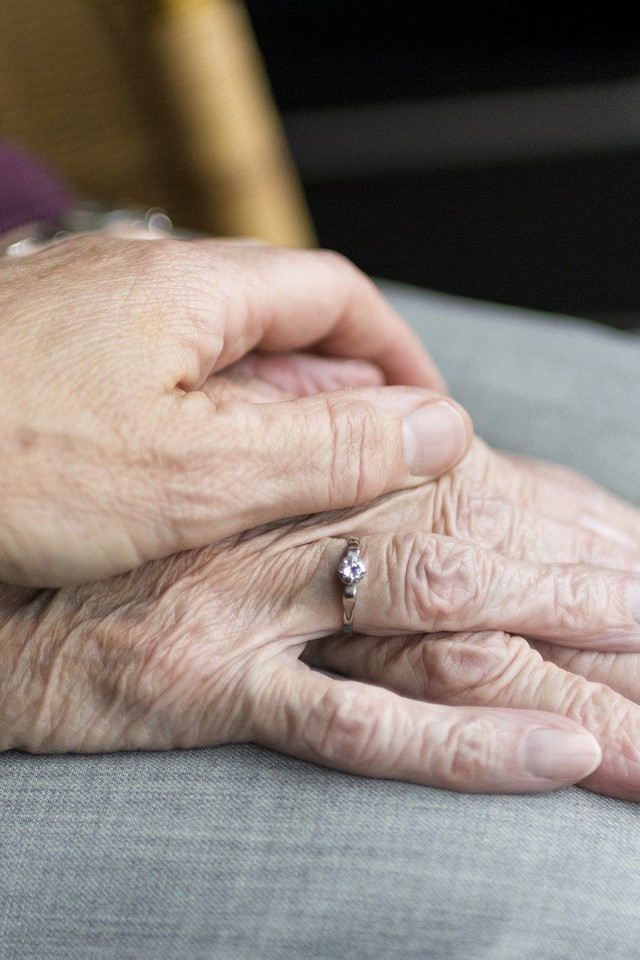- Home
- Why K
- Research
- My Story
- Cardiac Manifesto-Part Deux
- Product - Buy Now
-
Media
- Vitamin that Reversed My Heart Disease
- Reversing Heart Disease with Charts
- Supplement Regimen
- Theut Update July 2020
- Reverse CAC Score and Heart Disease
- Reversing Calcification and Heart Disease
- Cardiovascular Disease and Vitamin K2
- All Wausau Wellness Featuring Pat
- Reverse Heart Disease the Patrick Theut Journey
- Terms, Tips & Trivia
- Value Calculator
- Contact Us
- Search Site


















 Web Design: www.superiorweb.net
Web Design: www.superiorweb.net